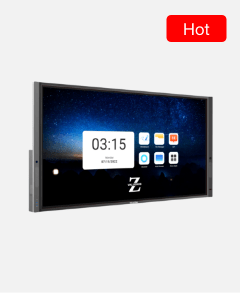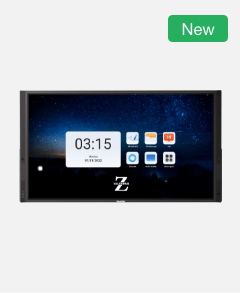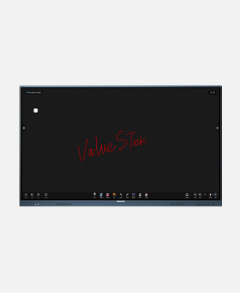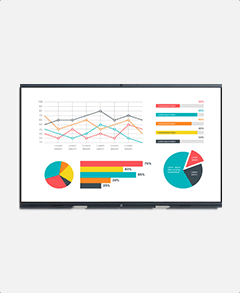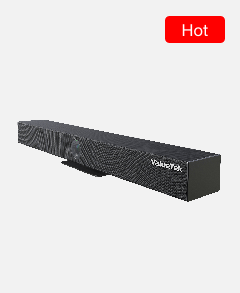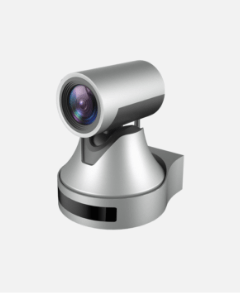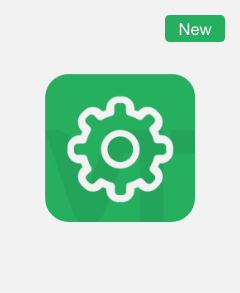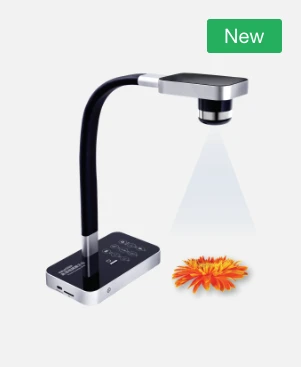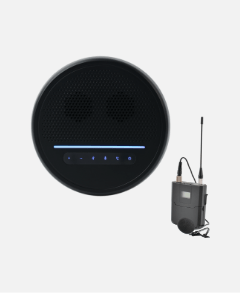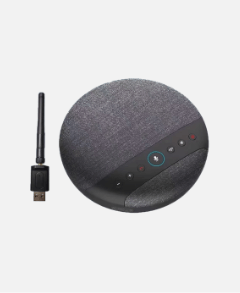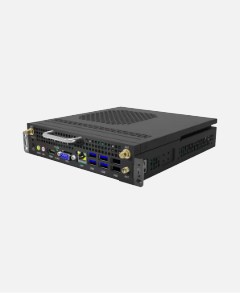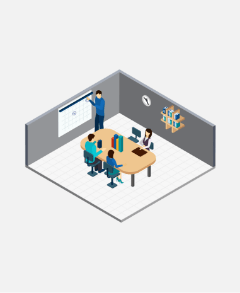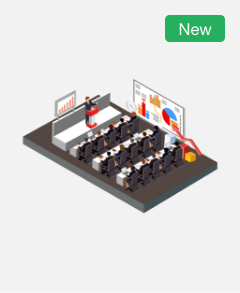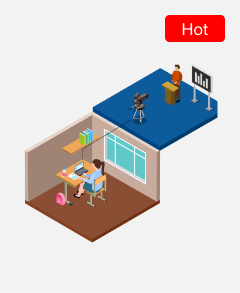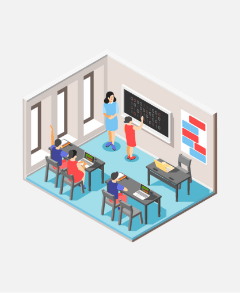How to Set Up a Virtual Classroom?
Moving a classroom online is no easy task, especially for those new to teaching remotely for an extended period.
Many teachers are stepping out of their comfort zones to learn new tools and online teaching strategies. That includes knowing how to create an environment that enriches student learning and contributes to effective instruction, even if it takes place over the internet. Here are four tips educators can use to start setting up virtual classrooms.

1. Get Your At-Home Workspace Ready
Creating a designated space for work and online teaching is crucial for educators working from home. Doing so can help them stay productive and focused throughout the day and minimize distractions that may disrupt student learning.
Teachers don’t necessarily need a home office or retrofitting an existing room into one. Some have invested in new equipment, such as professional cameras, headsets, and interactive displays, to provide higher-quality synchronous and asynchronous instruction. However, making small adjustments — from moving to a well-lit, clutter-free room to live stream or record a lesson to using a stack of books to raise a webcam to eye level when video conferencing — can make a huge difference in how well they teach online.
2. Test Your Tech Before the Start of Class
Educators should also be aware of common technical issues they or their students may encounter during online learning, such as microphones not working properly or embedded videos not playing in presentations. This is especially important, as many IT departments are swamped with tackling more urgent requests and bigger challenges now that schools are largely distributed.
It’s a good idea for teachers to conduct a video and audio test on any devices or platforms they’ll be using. They should also consider doing a run-through of their lessons before live-streaming or recording them. Taking these steps can help minimize the amount of troubleshooting they have to do throughout the day and can make them feel more prepared and confident with online teaching.
3. Set Classroom Expectations, Goals, and Routines
Even if students aren’t physically in a classroom, educators must set clear classroom expectations. Establishing class norms and goals with students encourages them to take ownership of their learning and fosters productive learning environments.
Many schools have set expectations and guidelines for students using school-issued devices, videoconferencing platforms, and other digital tools. Teachers have also created posters and presentations to share on Google Classroom, Microsoft Teams, or the learning management system of their choice to help students navigate their new classroom setting.
4. Make Communication and Survey Tools Available
Open lines of communication are key to a virtual classroom, especially now that face-to-face conversations are limited. By providing accessible and consistent communication, teachers can keep parents and guardians informed on the latest school news or their student’s progress. This also lets educators check in on their students and ensure their social and emotional needs are met.
Besides the standard phone calls, emails, and text messages, educators can post class updates and schedule one-on-one meetings using their LMS to streamline all communications and reduce the need for additional IT support.
It’s also important to gather feedback from students and their families to identify areas of improvement. With online surveys such as Google Forms and apps like Seesaw, Kahoot, and Microsoft’s Flipgrid, educators can ask questions about students’ online classroom experiences. They can also collect valuable data, such as when students are doing their online schoolwork and how long it takes them to complete it, and use that data to adjust how they prepare and deliver their lessons.
Setting up a fully virtual classroom is no easy task, especially for educators unfamiliar with online tools. But being open to new ways of using technology for learning can bring teachers one step closer to making online learning more accessible, engaging, and effective for all students.


